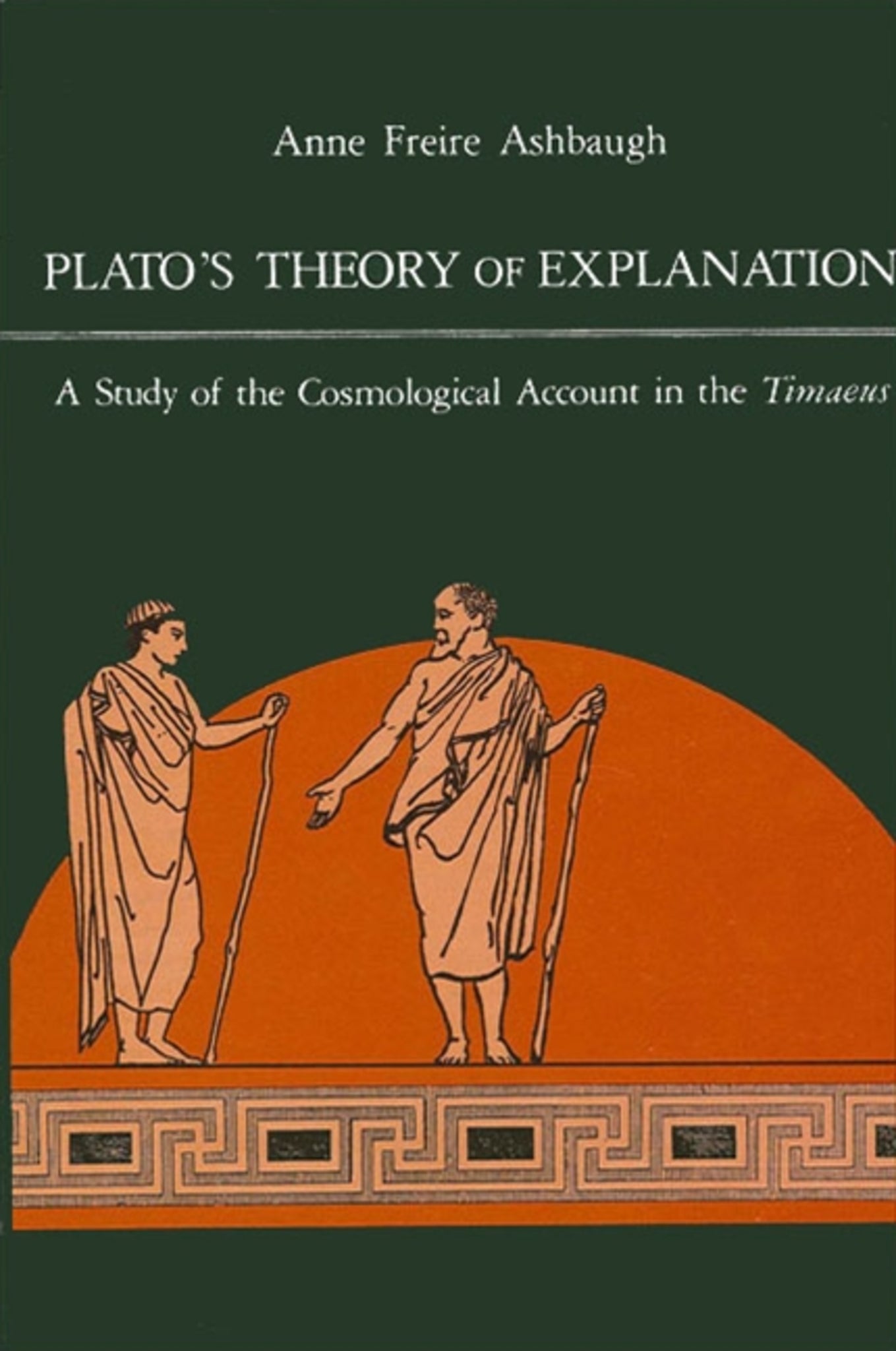We're sorry. An error has occurred
Please cancel or retry.
Plato's Theory of Explanation

Some error occured while loading the Quick View. Please close the Quick View and try reloading the page.
Couldn't load pickup availability
- Format:
-
01 March 1988

Here is the question: what constitutes a good explanation of phenomena? Whereas true being (forms) can be known through dialectic, concrete phenomena can only be explained. An explanation is verisimilar of dialectical knowledge as concrete things are images of eternal ones. Ashbaugh shows how Plato subtly develops the notion of imaging and explaining, accounting for how physical things can be different from forms and how they are connected to forms.


"The central thesis regarding the development of 'verisimilar' explanation and its relation to 'true' explanation is thought-provoking, generally well-developed and should prove controversial in the best sense of the word." — Drew A. Hyland, Trinity College
"In contrast to this discussion, the contemporary arguments about mind mirroring nature are hopelessly crude." — Robert Cummings Neville, Boston University
Preface
Introduction
I. The Nature and Function of Verisimilar Explanations
How Plato Reasoned to Identify the Need for a Verisimilar Account of Phenomena
The Explanatory Power of Verisimilar Accounts
The Correctness of Verisimilar Accounts
II. The Teleological Features of Verisimilar Explanations
Plato's Causal Scheme
The Agency of Mind (Nous)
The End (Telos) of Verisimilar Explanations
III. The Structure of Verisimilar Explanations
The Completeness of the Account
The Most Verisimilar Account
A True Account of Spatiality
IV. Conclusion: Spatiality is the Basis of Verisimilar Accounts
Bibliography
Index



